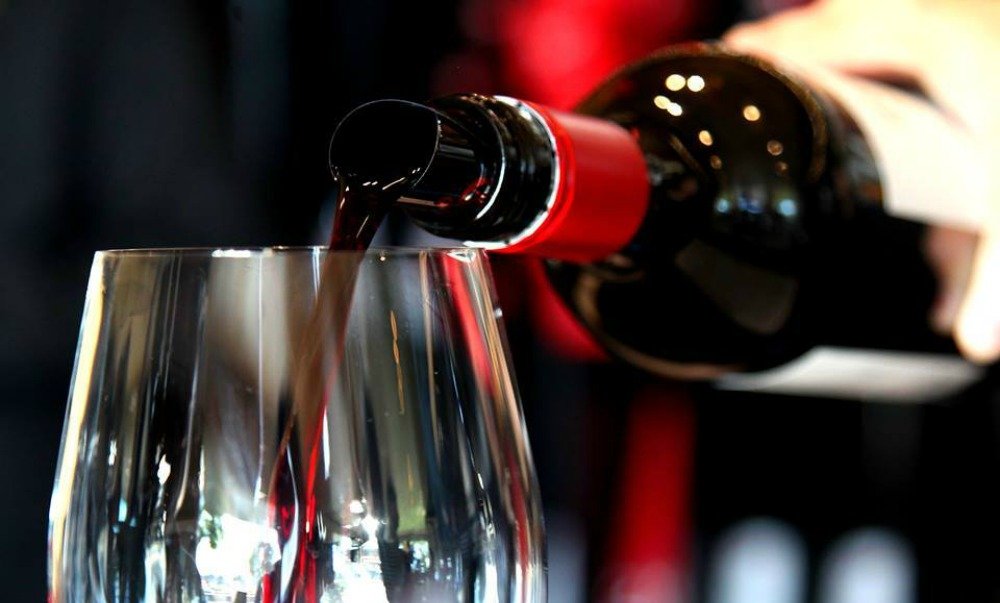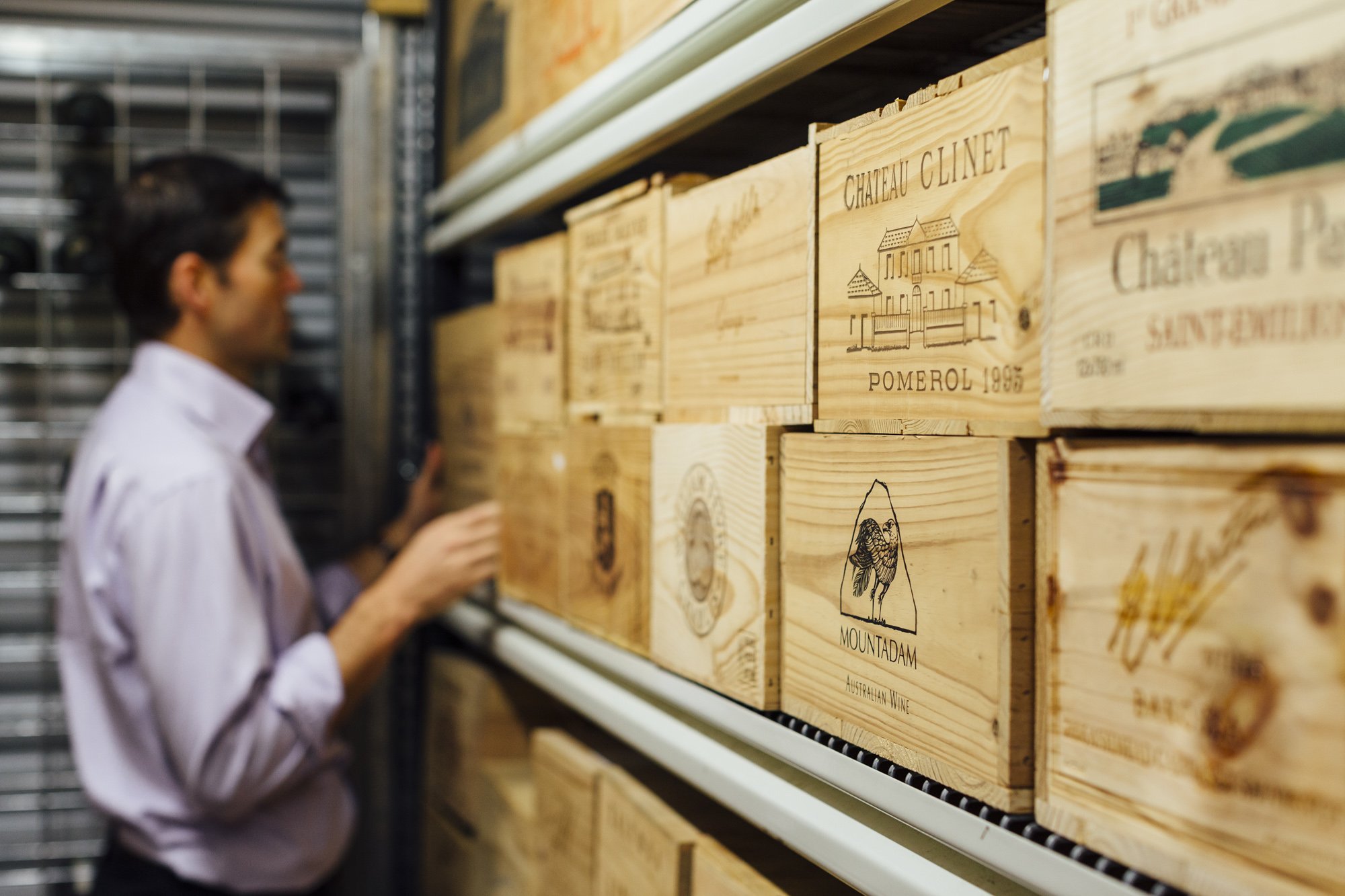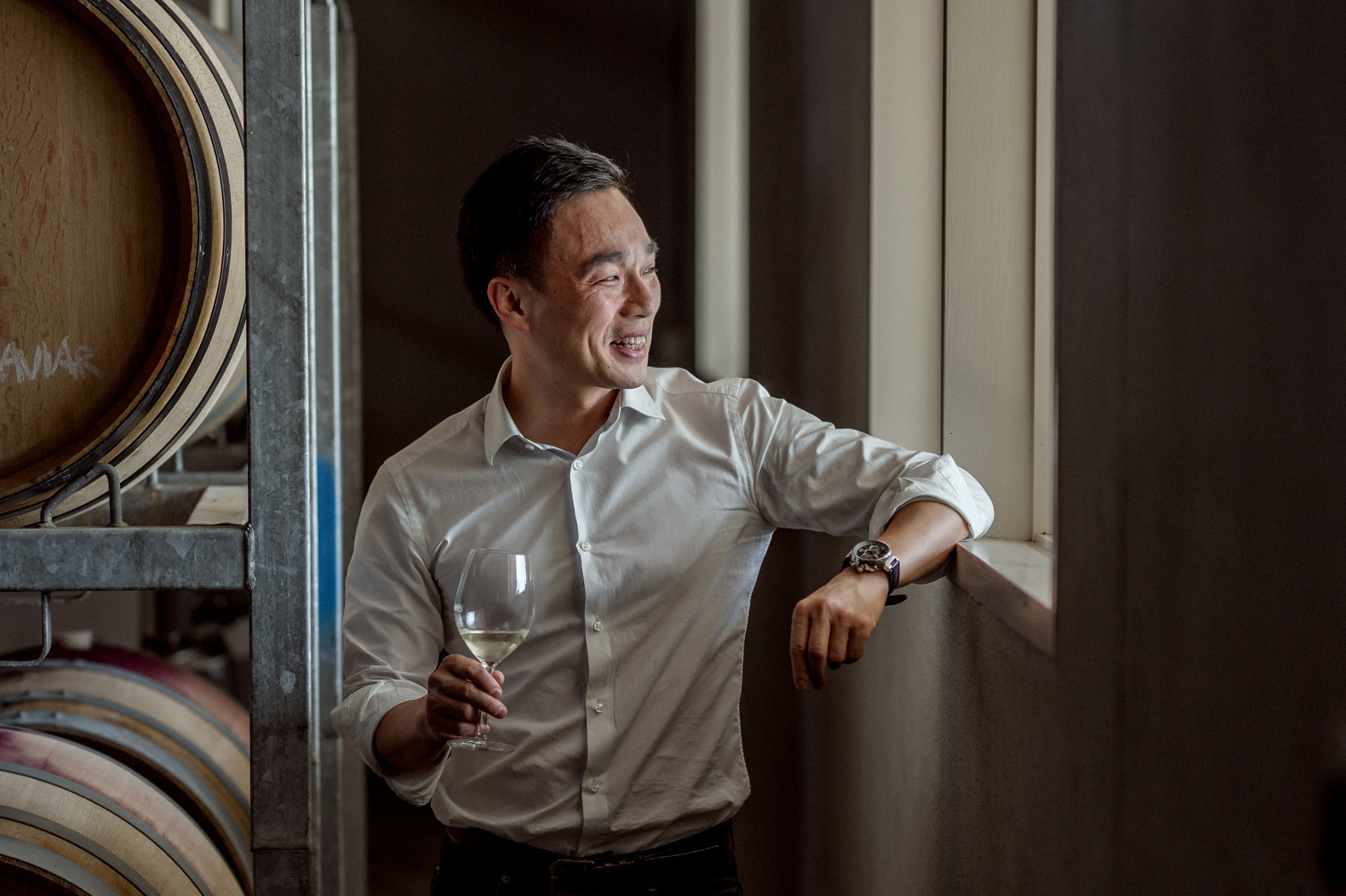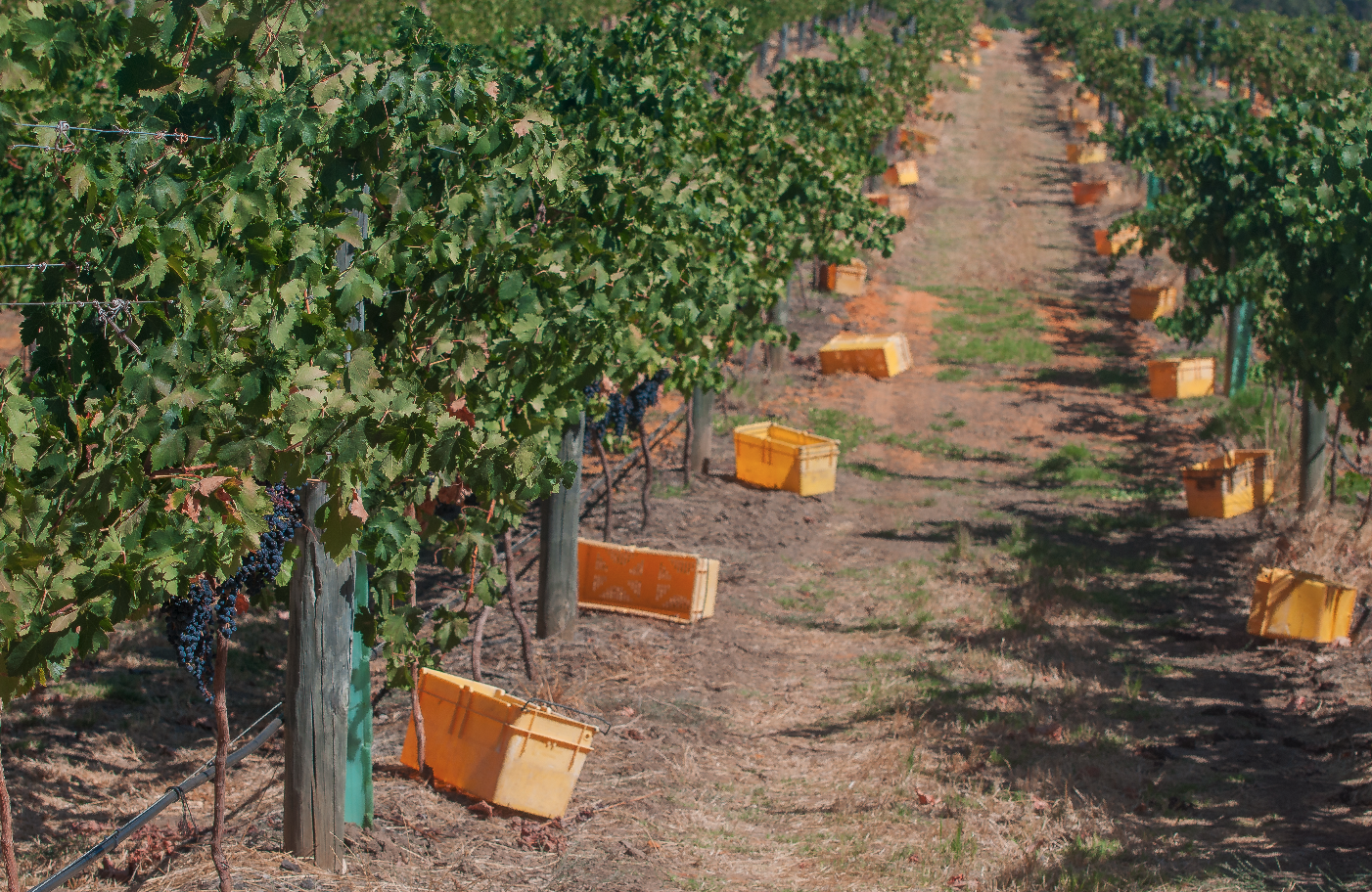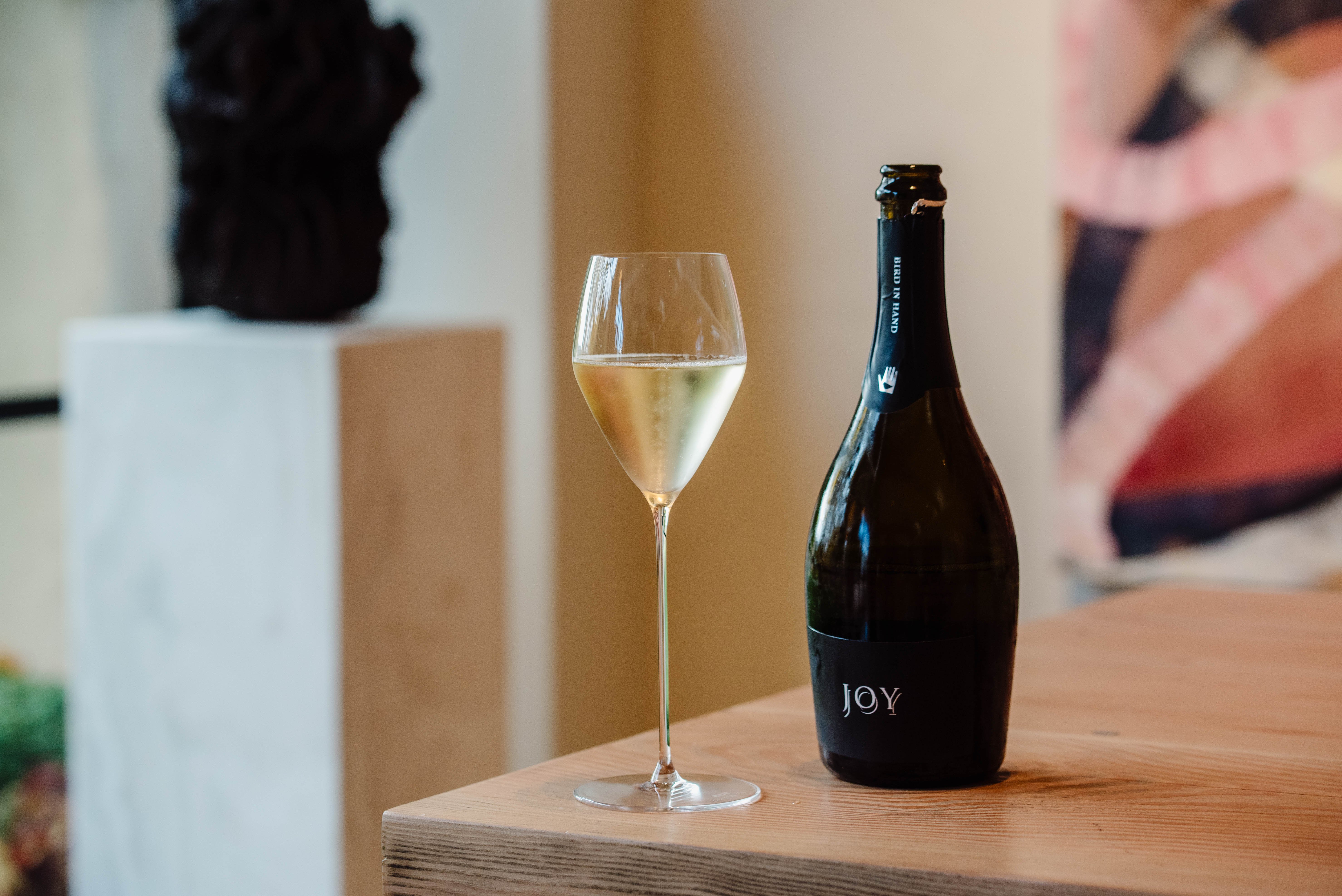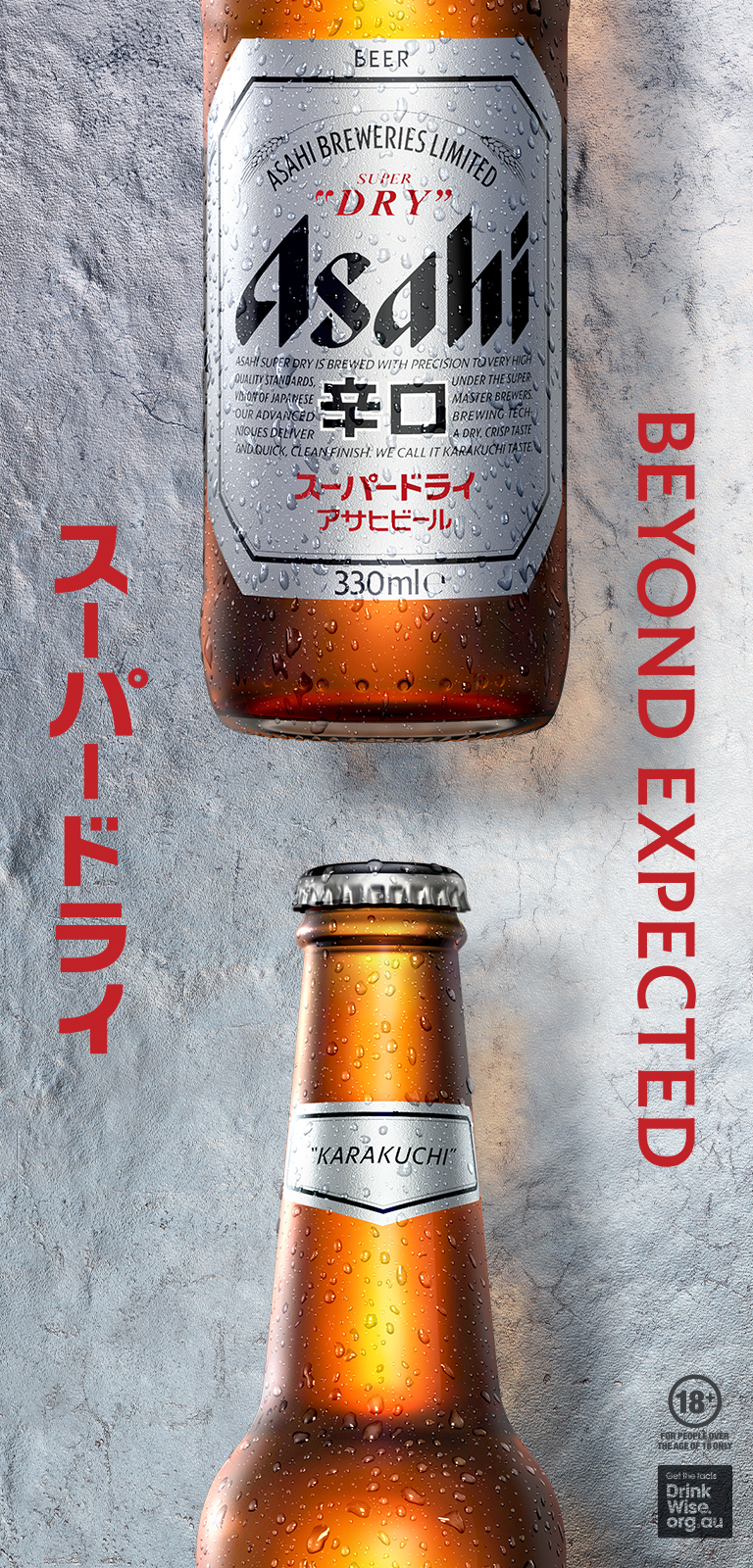Since the removal of tariffs on Australian wine imports into China, many producers have been rushing to regain a portion of what was once Australia’s most valuable export market. This rush saw more than $86 million worth of Australian wine imported into China in the first month post tariffs, including $80 million from the state of South Australia alone.
Without further analysis, this South Australian focus could be interpreted as signifying a continuation of preferences for the full bodied and full flavoured Australian red wines that were popular prior to the introduction of tariffs in 2020. However, many winemakers and export managers in contact with Drinks Trade have been saying that Chinese consumers are now also consuming lighter and more delicate wine styles.
Howard Park’s Sales Director Richard Burch said that this change in preferences offers a significant opportunity for Australia's white wine production.
“I think one thing that I've noticed is, you know, this bit of a myth that they don't drink a lot of white wine: I think that's rubbish, I think that's really changing,” he said.
“We've seen really strong interest in white wines/aromatic whites. Particularly for us in Margaret River and the Great Southern, that would be Chardonnay, Riesling and our Sauvignon Blanc Semillon, so they've been really popular wines. Of course, reds will always be popular, but there's a noticeable shift in that interest, which is good.”
Travis Fuller, Managing Director of Kilikanoon Wines, is also hopeful about the opportunity for Australia’s white wines.
“In white wines Riesling rules supreme: great news for Australia (and Germany),” he said.
This change in consumer preferences, although “not a seismic shift… should come as no surprise given the rich spicy foods and fresh seafood that is so abundant across the country.
“It’s taken a while to catch up but now Riesling is growing quickly as again consumers enjoy the young, bright, fresh flavours that are afforded by the varietal,” said Fuller.
Jonathan O’Neill, General Manager of Sevenhills wine, also told Drinks Trade he has “Riesling on orders going to China at the moment, which we haven't seen before in the past.
“People are trying dry white and they are buying it. I think the palates are changing in this market and also obviously other markets around as well. We are seeing people who probably aren't drinking as heavy wine as they're used to, so maybe some markets might be changing and we're changing our styles to be more medium-body than they were in the past traditionally.
“Sevenhills was quite full-bodied style wines, now we're probably closer to more medium-style, and that's due to picking earlier and having less oak now in our wine, so, we've changed as the market is changing.”
Similarly, Vasse Felix has noticed this trend towards lighter wine styles across both its red and white export portfolio.
“We've always focused with our Cabernet Sauvignon and our Chardonnays for export… we've got three Cabernet Sauvignon wines, we've got our three Chardonnays, pretty stable in that regard,” said Evan Gill, Vasse Felix’s Estate Sommelier.
“We do also have Sauvignon Blanc Semillon now, which we haven't always exported but we've always made in Margaret River, and a Margaret River Shiraz as well.”
Evan Gill described this Shiraz as having “probably been the story in the last couple of years of something coming into the export markets. It wasn't there originally. I mean, we're Margaret River Shiraz, we are not hugely known on the export market as Australian Shiraz, but we've really been working on improving and evolving our style, making it, dare I say, more of a Shiraz style of the times.”
Conversely, Simon Trubiano, CEO of McLaren Vale’s Five Geese Wines, recently told Drinks Trade that it was still experiencing much higher demand for full bodied reds, potentially suggesting that China is developing some regional expectations for Australian imports: “they're trying some Grenache, and they do love it, but they do like the bigger style wine. They're looking for a big-body wine.”
In a recent panel discussion during Vinexpo Asia 2024, Dan Siebers, Co-Founder of China’s largest wine importer by volume Waiju China, outlined the need for Australia to promote regionality as a key selling point for premium Australian wine.
“With Australia, maybe even except for France, I think there's the opportunity to really [promote] regionality and really do the right to your country and make sure you're not Australian wine. Make sure it's clear, make sure it's, [for example], Western Australia. Germany has the same challenge. Right now it's German, not really the Mosel, Rhineland, Rheinhessen… So I would say the step two would be to really focus on those regions and then get people excited and differentiate those things.”
Despite changing preferences towards lighter style wines, in the eyes of the Chinese consumer, Australian wine still remains indelibly linked to classic-styled red wines.
“In terms of red wines Australia is still by far the most preferred, in particular shiraz,” said Kilikanoon’s Travis Fuller.
“They still enjoy the rich, fruit forward styles that are produced so readily here. Some small adjustments that we often hear when speaking to buyers in the markets is that ‘fresh is best,’ [with] the latter vintages - 2021, 2022 reds - more sought after. Low and soft tannins to ensure no grip on the palate as well and no sediment.”
It is also worth noting that China’s wine market has changed significantly since the imposition of tariffs in 2020. This includes a -26% volume decline in total wine sales in China between 2021 and 2022, with a CAGR of -2% forecasted up until 2027.
According to Howard Park’s Richard Burch, China is still looking to take on Australian wine in spite of the market changes.
“They're keen: it's just working through the other side of what their businesses look like because their economy has changed a lot as well. Consumption’s changed quite dramatically," he said.
“I wish to make sure what we're proposing has got value and is hitting the mark and that the businesses that we're working with over there have got capacity to sell our wine properly. A lot of them have been pretty heavily affected as well and some have been quite decimated, so it's just working through that.”
//
What are Australian wine producers saying about reentering into China?
Share the content
